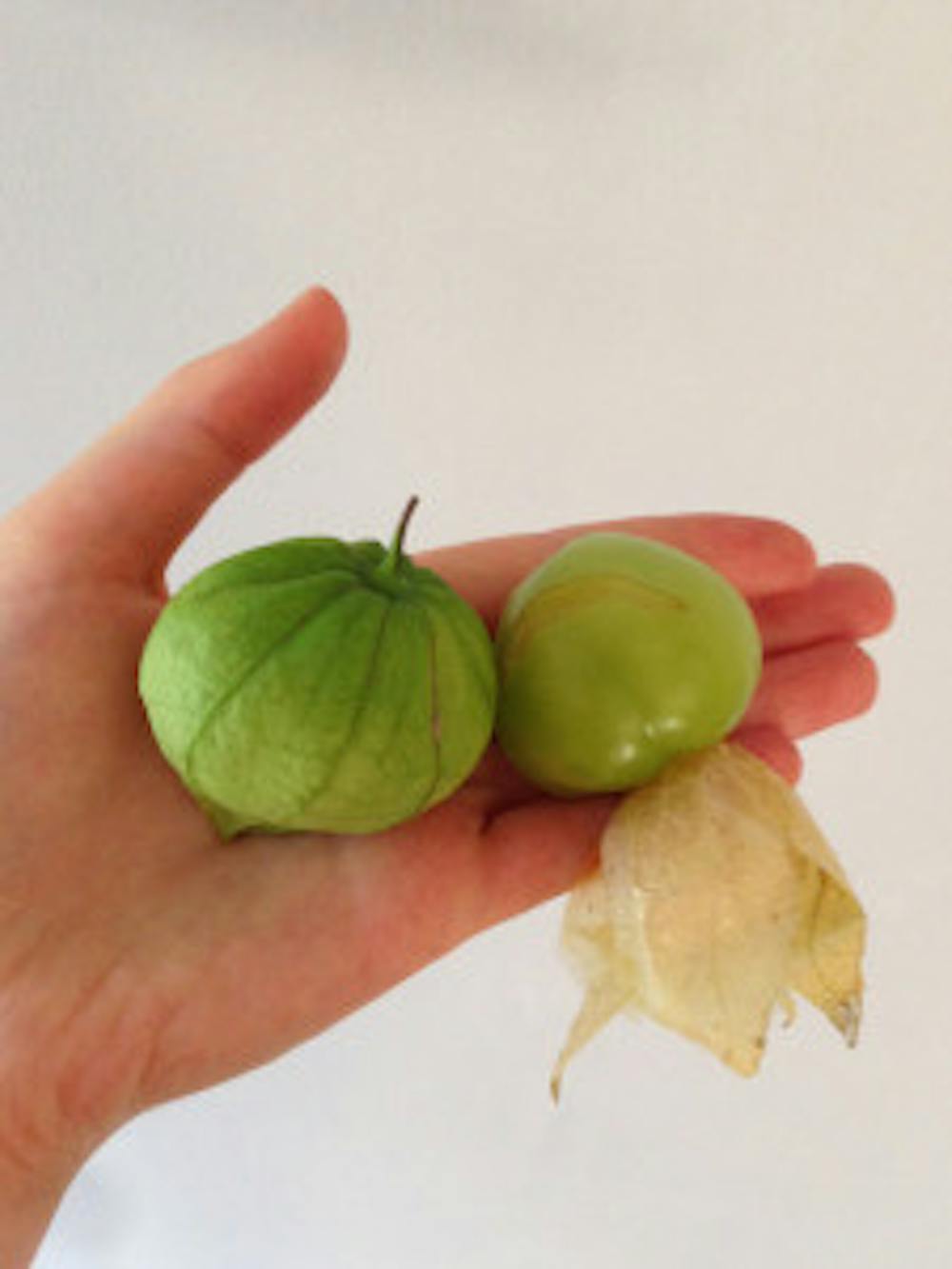Gardening and composting are a match made in heaven. Having compost handy doesn't just let you control how nutritious your soil is, but sometimes, your composting habits pay off in the form of new friends in your garden.
I confess I'm not a big fan of store-bought tomatillos. In fact, when I impulsively bought 10 or so tomatillos in Kroger last winter, about 9.5 wound up in the compost.
Come spring, I had compost worked into the soil in my garden. I planted all my seeds, waited, and came face to face with a strange, lanky, but decidedly trustworthy looking plant: it looked like a mix between a pepper and a tomato, with glossy, deep-colored leaves and a tomato's sprawling, jointed shape. When its fruits arrived in mid-June, already wrapped up in envelopes, I knew I was dealing with a tomatillo.
Unlike the store-bought fruit I threw into the compost, these tomatillos are delicious, because when their envelopes turn slightly yellowish and the fruit fills them up completely (unripe tomatillos still have large envelopes, but a squeeze will tell you that the fruit is tiny inside), they become a mouth-watering combination of tangy and sweet. I pluck them from the bush, peel the fruit, rinse them in warm water to remove their natural waxy coating, and eat them plain. They look like cute little lanterns in my kitchen.
Composting can give you all sorts of wonderful surprises in your garden bed. I, for one, will be looking out for tomatillo seeds before next planting season comes-- if store bought seeds grew into one of my new favorite veggies, I can only imagine how great a fancy cultivar of tomatillos will grow.
On Tomatillo's and Composting

